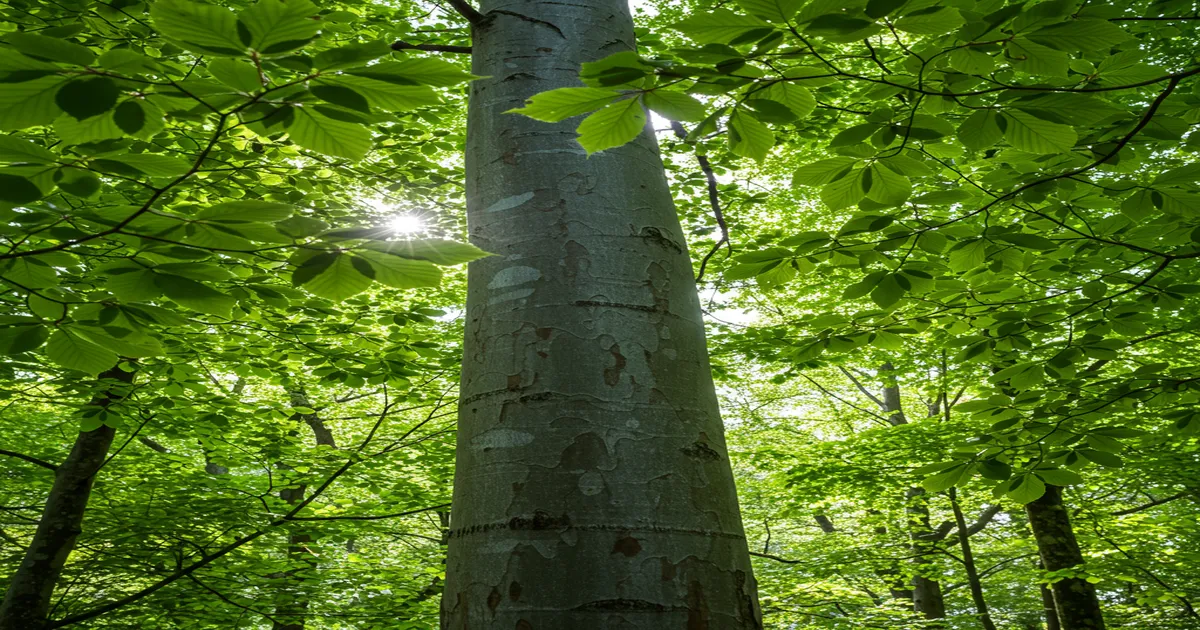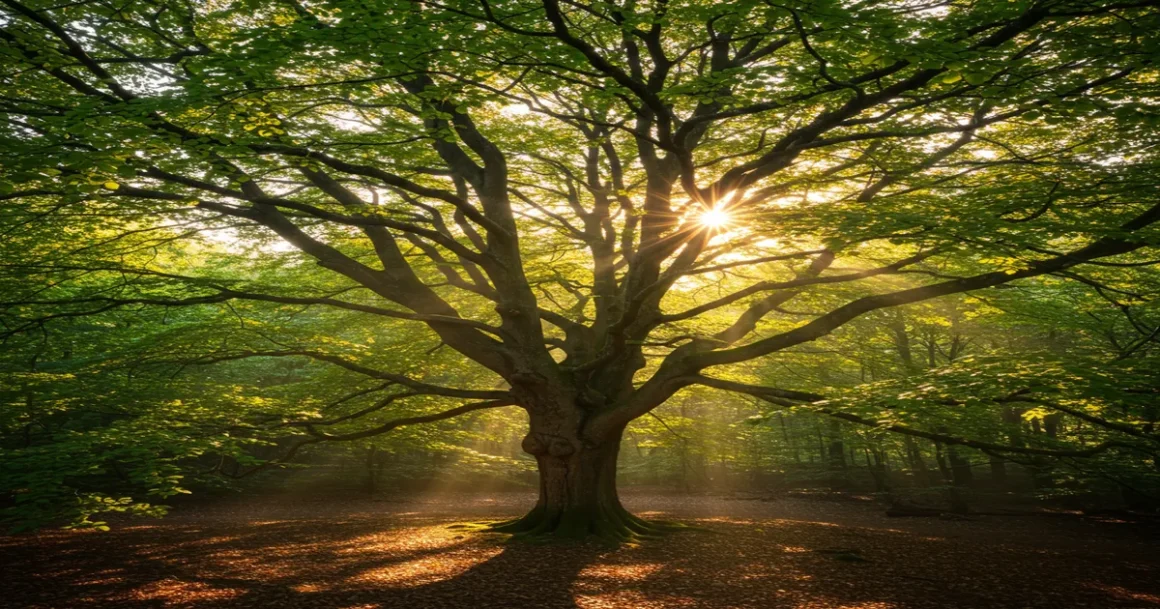Deciduous trees belonging to the Fagus genus, beech trees consist of about twelve species that are indigenous to various regions across the globe. Known for their narrow yet dense and vibrant canopy, beech trees are a favored option for providing shade in residential areas, and their wood is highly valued for construction and as a source of fuel.
Typically enduring for 200 to 300 years or more, beech trees are recognized for their longevity. Thriving in a variety of landscapes, these trees require ample sunlight and space to grow. They have a slow growth rate, increasing in height by only 12 to 24 inches annually until they reach a mature height ranging from 30 to 150 feet, depending on the species. Their leaves are predominantly green and may display serrated margins, while certain cultivated varieties feature variegated, yellow, or purple foliage.
Essential Characteristics of Beech Trees
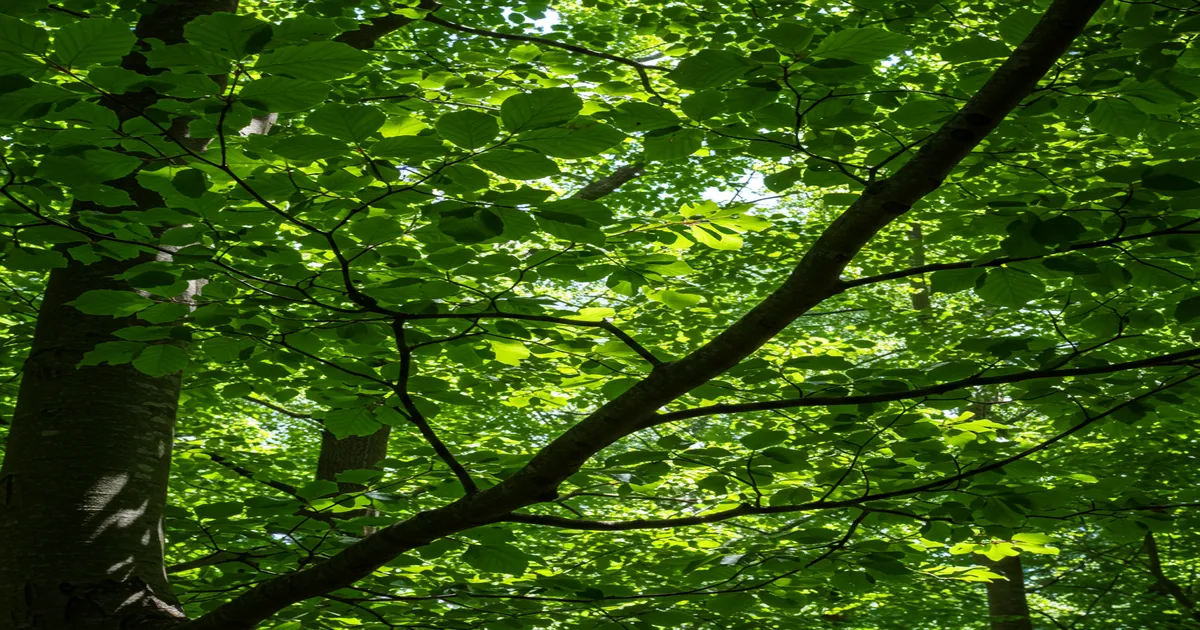
All beech trees exhibit several key traits:
- Bark: Young beech trees have relatively smooth bark, typically in a soft gray hue with patches of light brown. As they age, the bark develops rough vertical ridges. Despite being a type of hardwood tree, beech trees have comparatively soft bark.
- Leaves: Beech tree leaves transition from bright green to dark green and then to vibrant autumnal colors in the fall. Their oval-shaped leaves are pointed with a wavy, serrated edge.
- Fruit: The burr-like pods containing edible beechnuts naturally fall from the tree.
- Seeds: Each beechnut contains 2 to 3, rarely 4, triangular seeds, with 2 seeds being the most common.
- Flowers: Every beech tree bears both male and female flowers. The male flowers are in the form of catkins, while the female flowers typically appear in pairs.
Warning
Although beechnuts are safe for human consumption, it is advisable not to consume them in large amounts due to their mild toxicity caused by tannins.
Beech Trees: 10 Popular Types

Copper Beech
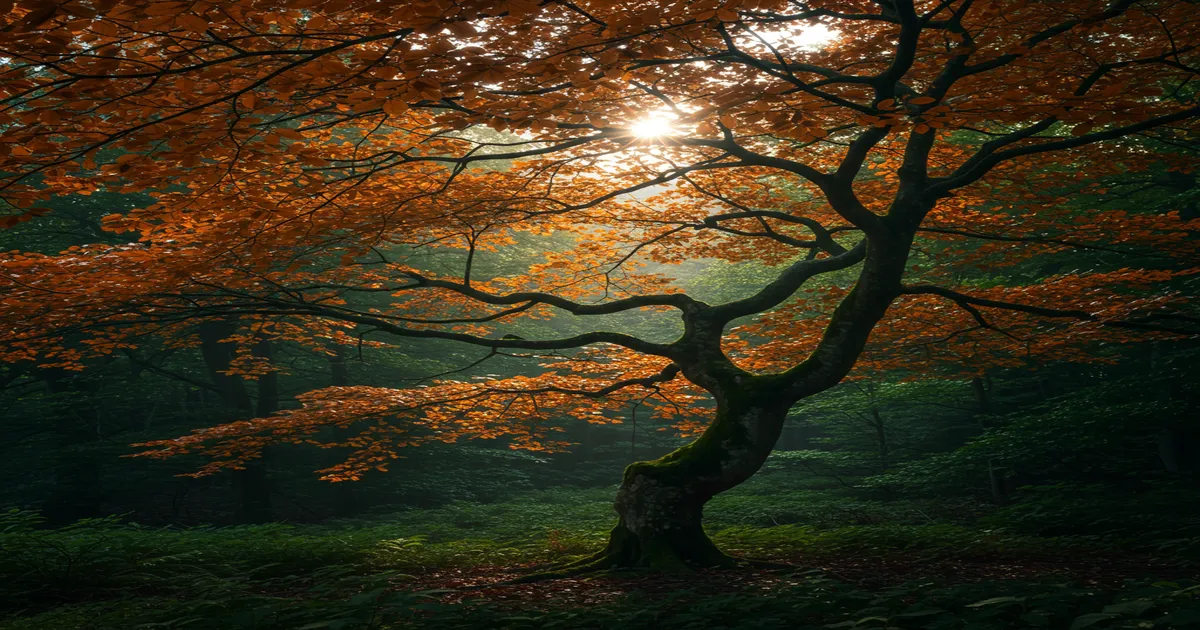
Copper beech is a popular type of European beech known as Fagus sylvatica ‘Purpurea’. While some experts consider it a naturally occurring genetic variation rather than a cultivated variety, this tree is distinguished by its coppery or purple leaves that transition to red and copper hues during the autumn. Varieties of copper beech include the ‘Pendula’ weeping beech and cultivars like ‘Reversii’ and ‘Spaethiana’ with more purple leaves. Copper beech trees are sometimes used as windbreaks and closely trimmed hedges due to European beech’s high wind tolerance.
- Name: Copper beech (Fagus sylvatica ‘Purpurea’ or Fagus sylvatica f. pururea)
- Native Area: Europe
- USDA Hardiness Zones: 4-7
- Height: 60-80 feet
- Sun Exposure: Full sun to part shade
- Soil Type: Well-drained, loamy, slightly acidic soil
Tri-Color Beech
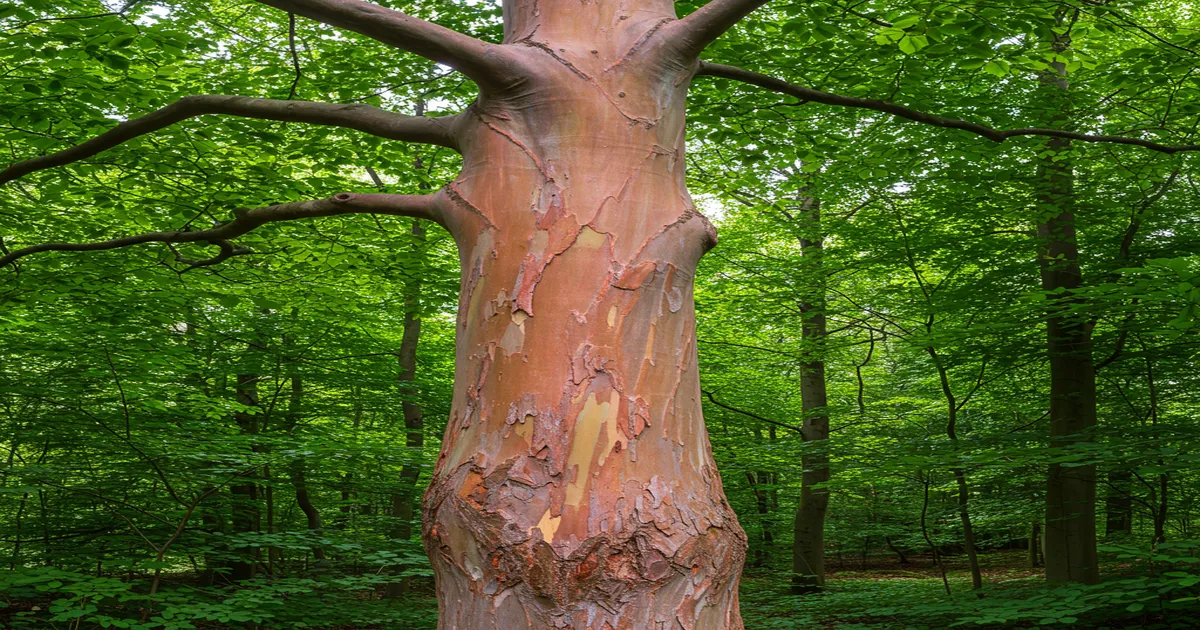
The Tri-color beech is a popular cultivar of the European beech known for its unique variegated leaves in shades of pink, white, and green. This tree tends to stay smaller in size, making it a great choice for providing shade in compact yards. Its foliage displays a color evolution throughout the seasons, starting as purple with pink margins in spring, transitioning to dark bronze-green with pale pink margins in summer, and finally turning bronze-gold in the fall. The leaves, measuring 4 inches long, are distinguished by prominent parallel veins. The Tri-color beech thrives in acidic soils but can adapt to various soil pH levels.
- Name: Tri-color beech (Fagus sylvatica ‘Purpurea Tricolor’ or F. sylvatica ‘Roseomarginata’ )
- Native Area: Cultivar, no native range
- USDA Hardiness Zones: 4-7
- Height: 25-40 feet
- Sun Exposure: Part shade; excessive sunlight may cause damage to the variegated leaves
- Soil Type: Well draining, moist, loamy, slightly acidic soil
Japanese Beech

Japanese Beech, also known as Siebold’s Beech, can be found in the forests of Japan, where it sometimes dominates. It features smooth, silvery-gray bark and a rounded crown. The leaves are oval and glossy medium-green in color, turning a lovely shade of yellow in the autumn. It is a popular choice for bonsai gardening. In landscaping, this tree provides dense shade that may hinder the growth of other plants beneath it.
- Name: Japanese Beech (Fagus crenata)
- Native Area: Japan
- USDA Hardiness Zones: 4-8
- Height: 70-100 feet
- Sun Exposure: Full sun to part shade; tolerates shade well
- Soil Type: Well-drained, loamy, chalky, slightly acidic soil
Oriental Beech
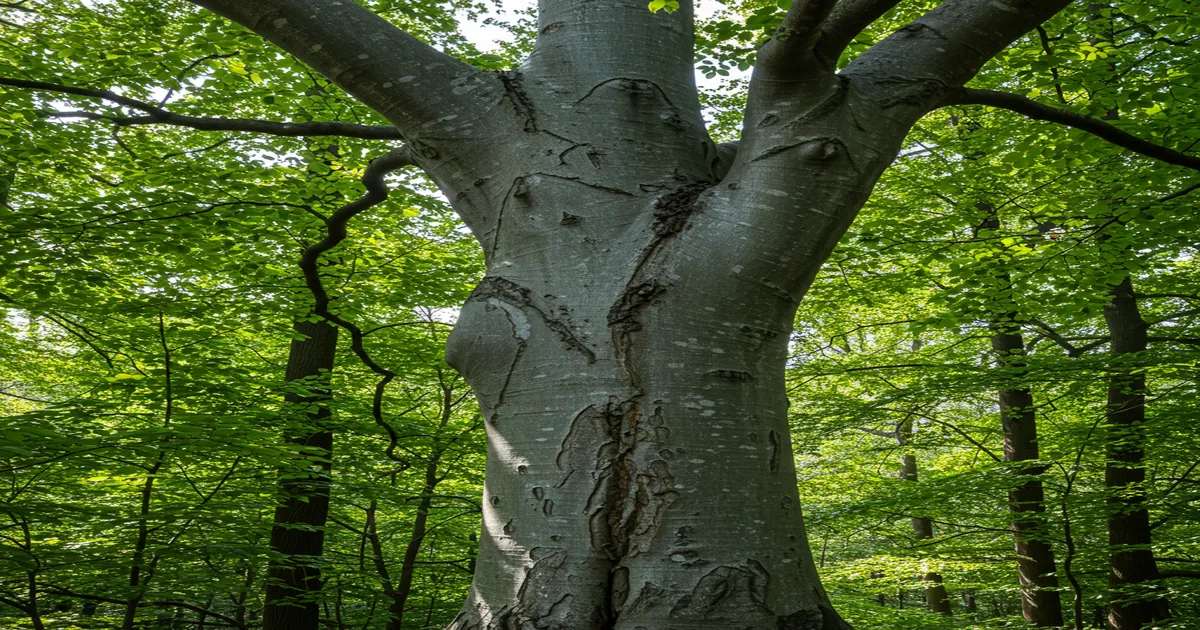
Oriental Beech resembles the European beech in its appearance and growth pattern but tends to grow much larger. It has long and slender buds, nuts that grow in pairs, and cup-shaped sheaths around the nuts with leaflike fringe. The dense and sturdy wood of the oriental beech is utilized for various industrial purposes. During autumn, the light green leaves of the oriental beech transition to a pale yellow, enhancing the fall color of any yard. In regions where both the European and oriental beeches coexist, such as Turkey, the Balkans, and Crimea, the two species have interbred, resulting in a hybrid species known as Fagus × taurica.
- Name: Oriental beech (Fagus orientalis)
- Native Area: Eastern Europe and Western Asia
- USDA Hardiness Zones: 4-7
- Height: 80-150 feet
- Sun Exposure: Full sun
- Soil Type: Well-drained, loamy, slightly acidic soil
Japanese Blue Beech

Japanese blue beech, also known as “dog buna” or “blue buna” in Japanese, sets itself apart from other beech species by not having a single stem but instead being divided at the base into multiple stems. It is the predominant tree species in the forests along the Pacific side of Japan. The distinctive vibrant green color of its pointed leaves contrasts beautifully with its smooth, gray bark.
- Name: Japanese blue beech (Fagus japonica)
- Native Area: Japan
- USDA Hardiness Zones: 6-7
- Height: 70-80 feet
- Sun Exposure: Full sun to part shade
- Soil Type: Acidic, well-drained soil
Chinese Beech
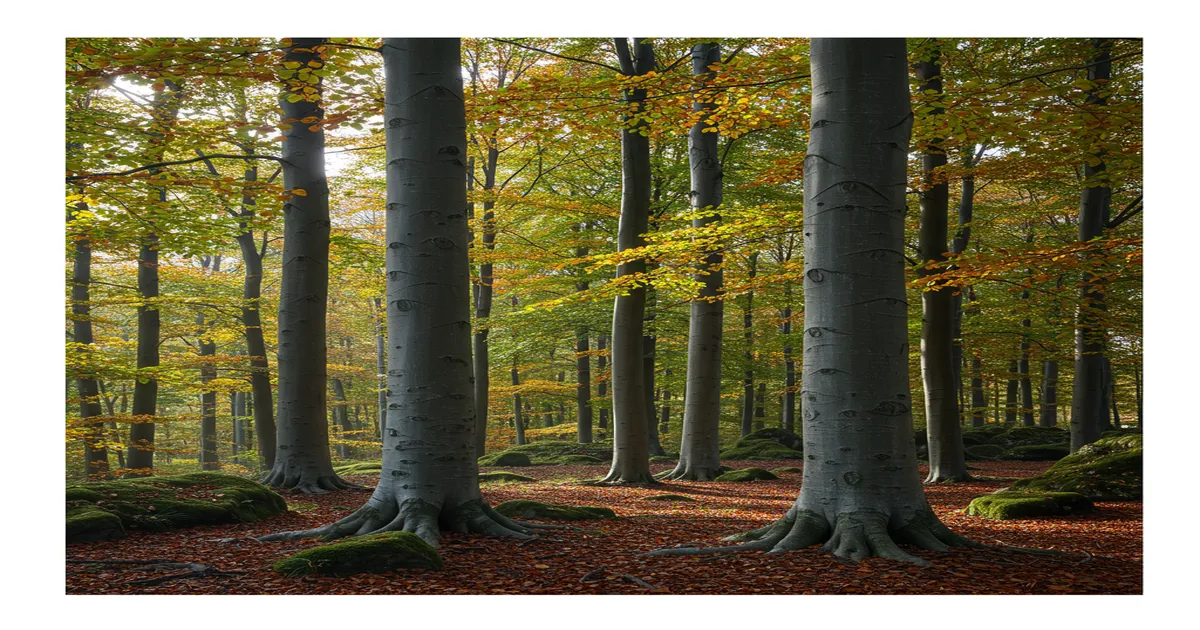
Chinese beech, also known as Engler’s beech, is a species native to central China. The leaves have a blue-green hue and an oval shape. During autumn, they transform into a vibrant bright yellow, creating a striking appearance against the surrounding landscape. These resilient trees typically have multiple stems, although they can also grow as single-stemmed trees in their original Chinese habitat. Mature trees can withstand wind and frost, while young ones are vulnerable to frost damage and should be shielded from freezing winter winds. pa
- Name: Chinese beech (Fagus engleriana)
- Native Area: Central China
- USDA Hardiness Zones: 5-8
- Height: 60-70 feet
- Sun Exposure: Full sun to part shade
- Soil Type: Fertile, well-drained soil

